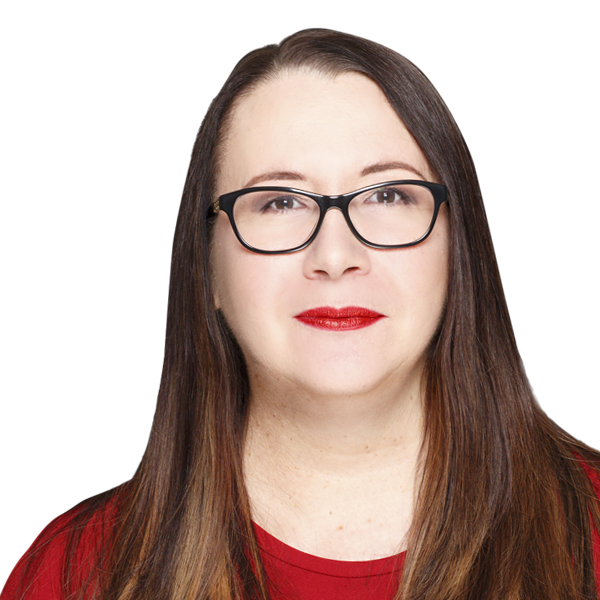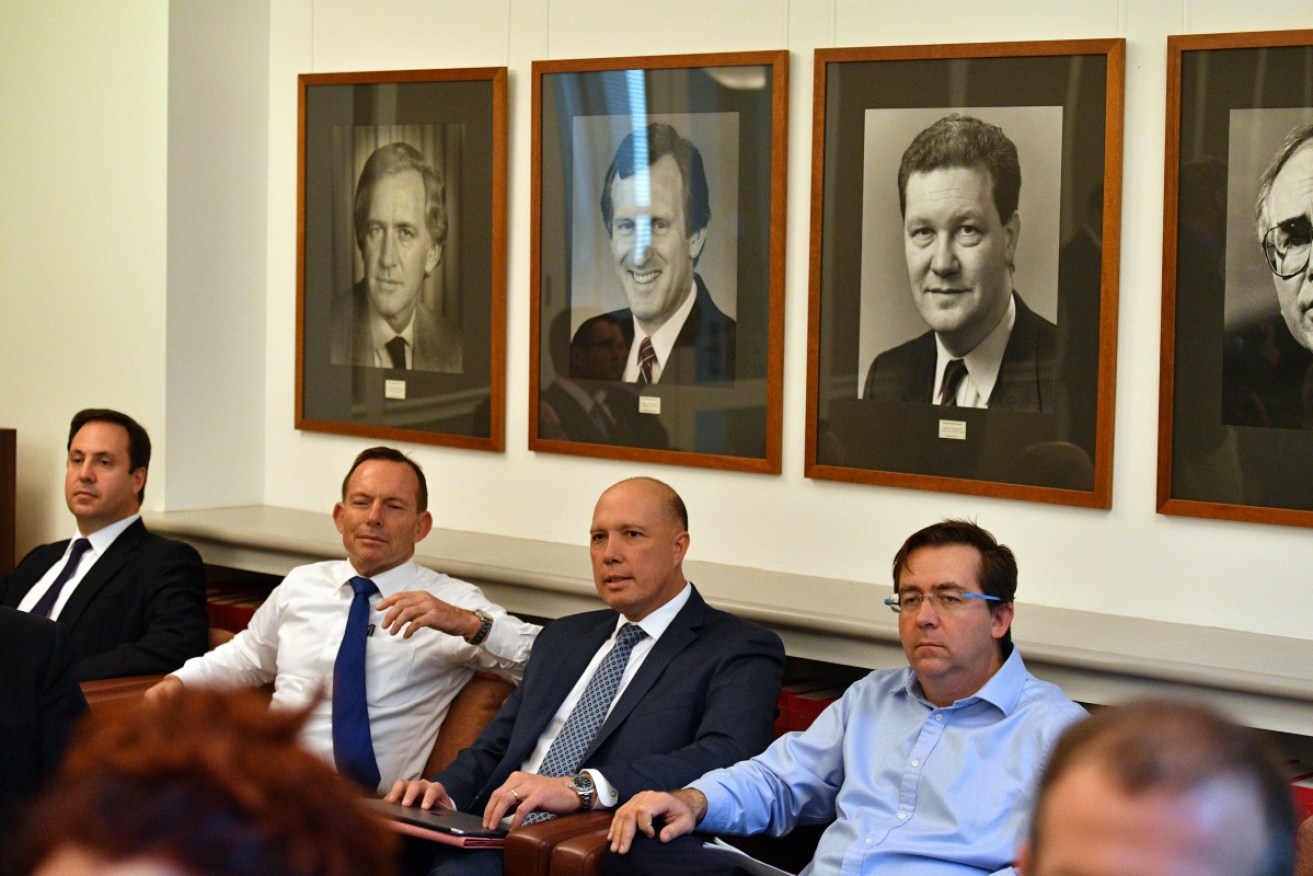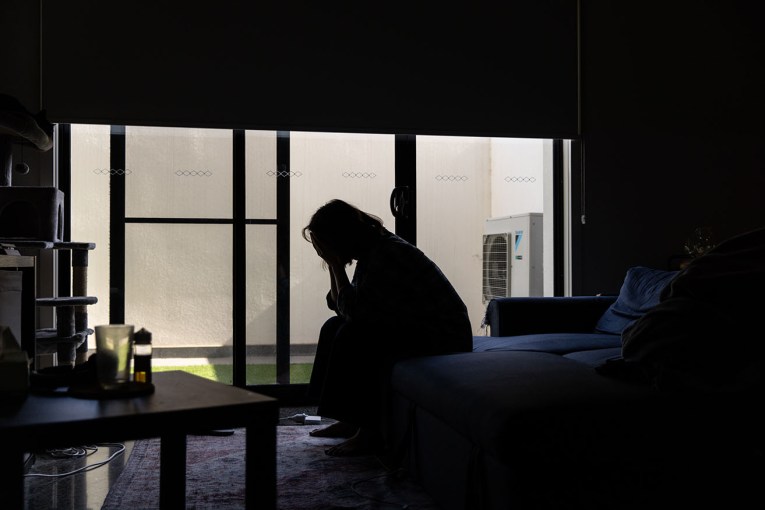The Liberals must admit to their ‘women problem’ or perish


The influence of conservative men in the Liberals' state divisions remains a huge stumbling block. Photo: AAP
Recent attempts by the Morrison government to cover up its ‘women problem’ are likely to backfire – just in time for the federal election.
Four female Liberal politicians were wheeled out in the conservative press this week to mop up after former Liberal MP Julia Banks appeared in a prominent women’s magazine, giving her old party a comprehensive spray about its bias against women.
Victorian MP Sarah Henderson and Western Australian Senator Linda Reynolds were the first to appear, insisting there was ‘nothing to see here’, and then trying that old Jedi mind trick by claiming the Coalition had done more for women than the Labor Party had ever done.
That article in The Australian was followed by another the next day featuring two other Liberal women, Nola Marino and Nicolle Flint, saying much the same thing.
While these articles seemed on the surface to be little more than straightforward responses to Ms Banks, along with a rejection of quotas and complaints about Labor, they signified much more. They also reminded us of the factional battles still roiling behind the scenes in the Liberal Party, and what otherwise good people are required to do to stay in favour with their party’s dominant faction.

Julia Banks (centre) was scathing in her assessment of the Liberals’ culture with regards to women. Photo: AAP
Up until her interview in The Australian Women’s Weekly, most of us had assumed Ms Banks had only been subjected to intimidation and bullying by the supporters of hard-right leadership contender, Peter Dutton, during those turbulent days.
However, she made it clear that supporters of Mr Morrison, who is from the ‘soft’ right faction, were not above using the same tactics.
“The thing that happens with bullying is people were afraid,” Ms Banks told the magazine. “They started becoming really concerned that Peter Dutton was seriously going to win. Men and women were being harassed and bullied.”
Ms Banks insisted on voting for the other leadership candidate, Julie Bishop, and later decided to resign when neither Malcolm Turnbull nor Ms Bishop survived the coup.
But the bullying and intimidation did not stop, with rumours swirling that Ms Banks was not emotionally resilient enough for politics or that she was making trouble because she didn’t get promoted to Mr Morrison’s front bench.
It’s no coincidence that two Liberal women who did get promoted by PM Morrison to junior ministerial roles were trotted out to rebuff Ms Banks. Once they became part of the ministry, it was their obligation to go out and defend the government’s position – which is exactly what Ms Henderson and Senator Reynolds did this week. The same goes for Ms Marino, who is the government whip and also expected to toe the line.
Ms Flint, on the other hand, is not an office holder but she’s a conservative – and, therefore, a factional opponent of Ms Banks. Ms Henderson and Senator Reynolds are also more conservative in their thinking than Ms Banks.
It shouldn’t be forgotten therefore that the battle over the Liberal Party’s leadership was a fight between the conservatives (Dutton, Morrison) and the moderates (Turnbull, Bishop), which the conservatives won.
Liberals believe in the power of the individual and that reward should be based on an individual’s merit, regardless of gender. The only problem is that, for the most part, Liberals don’t practise what they preach.
The conservative factions are dominant in all but one of the Liberal Party’s state divisions, which are responsible for pre-selecting candidates for the Australian Parliament. And it is the nature of conservative men – for they are mostly men – to preselect other men, given it is the woman’s first responsibility to raise the family (in their view).
This is how the Liberals only preselected women for 18 per cent of their safe seats for the 2016 federal election, resulting in a drop of Liberal women in the House of Representatives from 16 to 12. If no ‘new’ women are preselected for safe Liberal seats for the 2019 election, that number is expected to drop again to six.
A party dominated by men also develops a hyper-masculine culture where it is commonplace to tell women to “roll with the punches”, as conservative Craig Kelly did, or suggest we should grab the new year by “the scruff of the neck” as Mr Morrison did. Or to argue that being lobbied for votes does not constitute bullying, even when it is traumatic or upsetting, as Ms Henderson did on The Project this week.
It may be the ultimate goal of male conservative Liberals – and the few women who enable them – to eliminate all moderates from the party, starting with the women. Indeed most of the women who’ve lost their preselection or been bullied out of Parliament over the past year are moderates.
The problem is that female voters are not responding well to this hyper-masculine approach – they’re deserting the Coalition in droves. According to the Australian Election Study, while 47 per cent of men voted for the Coalition at the 2016 federal election, only 38 per cent of women did so. The Essential poll suggests even fewer women will vote for the Coalition in 2019: 33 per cent of women said they would vote for the Coalition in Essential’s September 2018 survey.
When the smoke clears after the 2019 federal election, and Liberal Party survivors are forced to examine the wreckage of their party, the folly of this week’s denials will be laid bare.
It’s far too late to fix the Liberals’ women problem before then, but at least a start can be made on the repair. This can only be done by admitting there’s a problem in the first place.
Paula explores this topic and more in her first book, On Merit, which will be published by MUP in February 2019. You can pre-order the book or eBook here.








